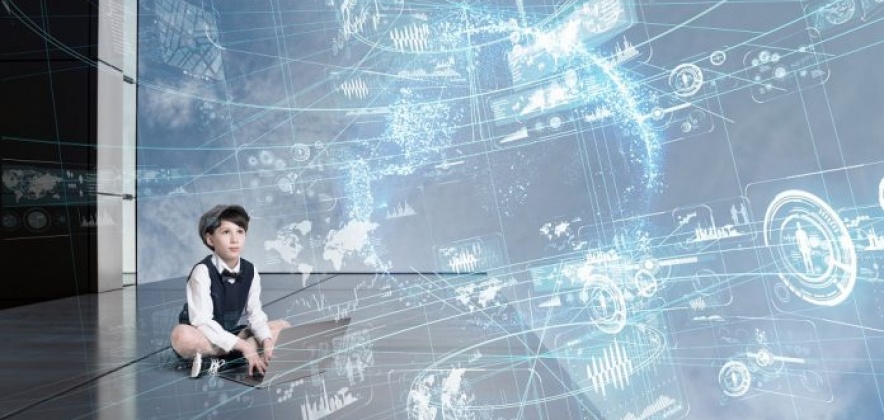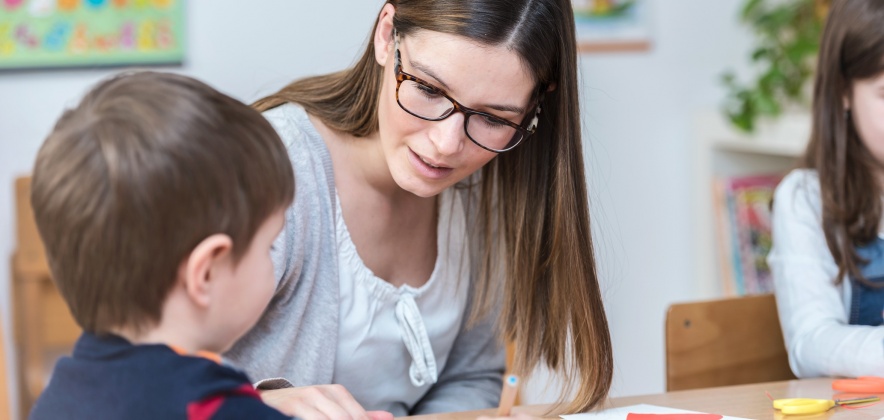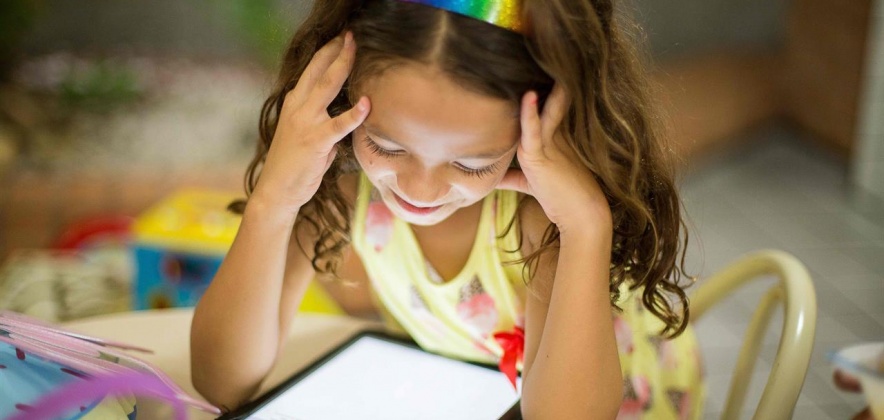
Abstract
The paper analyzes the role that artificial intelligence can assume in the definition of more stimulating and inclusive teaching-learning environments, with particular reference to the possibility of supporting teaching action through augmented reality experiences. Augmented reality allows you to add virtual objects to a real environment; this information overlap favors personalization and interaction with objects, artifacts, places and environments which, thanks to this technology, become interactive. The possibility of interacting with the objects included in the virtual landscape (experiential teaching) favors the “active” involvement of students (interest), stimulates curiosity, the spirit of initiative and a critical sense. The subject of analysis are the applications of augmented reality in the didactic field, with reference to the ability to customize and innovate the learning environment the possibility of stimulating interest in digital technologies (digital competence), constructivism and social inclusion through the active involvement of students. The paper offers many insights into the possibility of using artificial intelligence to create innovative and engaging educational environments, which allow the needs of training to be combined with the possibilities offered by technological innovation.
 Classified "A" by ANVUR in the fields 11/D1, 11/D2 Scientific in the field 14.
Classified "A" by ANVUR in the fields 11/D1, 11/D2 Scientific in the field 14.





